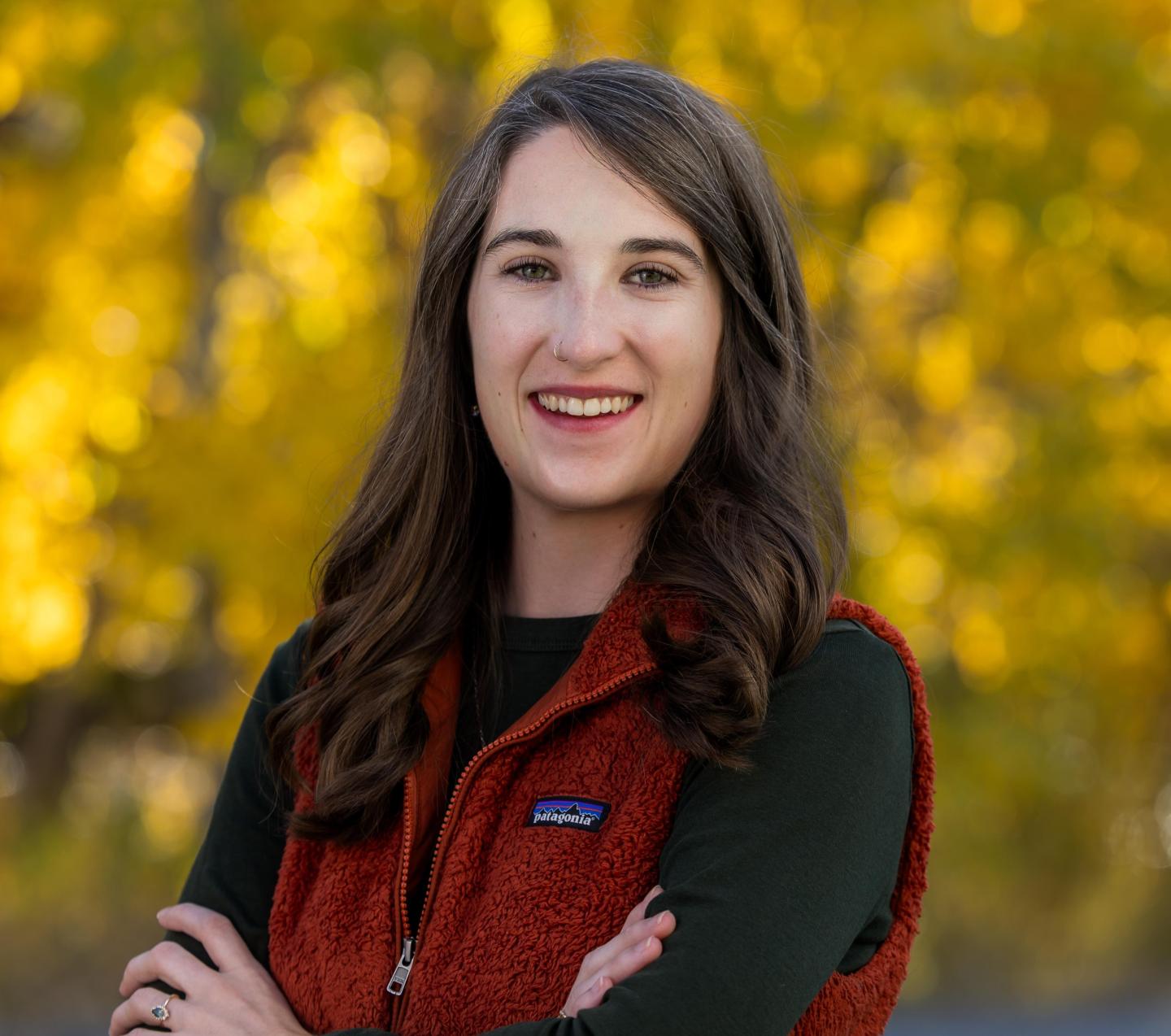BLOG: Catherine Winnop Discusses the Elk Fire in Wyoming, the Importance of Fire Mitigation, and the Work Ahead


Elk Fire: A Personal Reflection from Associate Environmental Analyst & Planner Catherine Winnop on Wildfire, Recovery, and the Work Ahead
In late September, the unimaginable happened, the Bighorn National Forest in Wyoming caught fire. The area, just 13 miles west of my childhood home, has burned through the heart of this beloved landscape near Sheridan, Wyoming for the past seven weeks (https://share.watchduty.org/i/35025). The Elk Fire, which consumed 98,352 acres, is now 100% contained—after what has been one of Wyoming's hottest October's on record.
What started as a 400-acre wildfire sparked by dry lightning in a remote part of the Bighorn National Forest quickly escalated due to a combination of dry conditions, high winds, and intense heat. In early October, the fire grew by nearly 20,000 acres in just one day. Families were evacuated, ranchers were granted emergency access to move cattle through actively burning areas, and flames on the mountain face were visible from town.
From afar, I felt a mix of fear, anger, and sadness. Fear for the private landowners forced to leave their homes, potentially losing everything. Anger that a lack of fuel management—something I’ve long known is necessary—allowed a fire of this scale to spread. And sadness for the place I grew up, where I learned to love the outdoors, now at risk of being forever changed.
As I followed the updates on containment and recovery, I realized something important: wildfire isn’t just a “West Coast” problem anymore. It’s affecting communities nationwide, even in states like Wyoming, where summer heat lingers later into fall. This understanding deepened my appreciation for the work we do at SE Group, particularly in the pre- and post-fire space.

The challenge we face is one of legacy—decades of suppressed natural fire have left our National Forests filled with heavy fuel loads and a growing number of dead and dying trees. These areas are a tinderbox, just waiting for the right conditions to ignite. But through my work at SE Group over the last four years, I’ve seen that we don’t have to accept this as the status quo. Proper fuel treatments—before a fire ever starts—can prevent catastrophic wildfires like the Elk Fire from occurring. While we can’t predict extreme weather events like high winds, low humidity, or heat, we can create strategic fuel breaks in the landscape, allowing firefighters to safely engage with the fire and slow its spread.
I’ve had the privilege to be part of projects like the Booth Creek Fuels Treatment Project Environmental Assessment and the Ruby Ranch Fuels Reduction Project, which are helping communities reduce wildfire risk and restore areas impacted by fire. Through these initiatives, we’re working to restore the health and resilience of our public lands, ensuring they are better prepared for the future.
The Elk Fire may have scarred thousands of acres of public lands that so many people hold dear, but there is hope on the horizon. Recent snowfall has helped contain the fire, and while this chapter is closing, the work of restoration is just beginning. In the years ahead, I look forward to seeing the forest heal and regenerate, and to continuing our work at SE Group, helping communities navigate the complex world of wildfire risk, restoration, and long-term planning.

